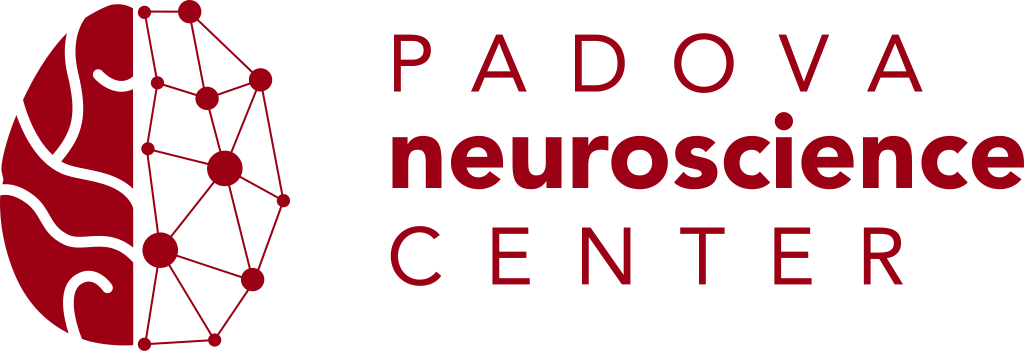Prof. Maurizio Corbetta is looking for 2 (two) highly motivated post-doctoral students to work on the CARIPARO project titled: “The brain’s dark energy: observation, perturbation, and disruption studies of brain networks to understand cognition and stroke recovery”.
Decreto approvazione atti e graduatoria provvisoria
Interviews date:
August 6th, 2020 11:00 – Europe/Brussels
Application deadline
31/07/2020 23:59 – Europe/Brussels
Abstract of the project
The human brain is one of the most complex networks with 80 bilions cells (neurons, glia) interacting through hundreds of trillions of connections to support consciousness, thought, emotions, and survival. One of the main factors limiting complex networks, from airport nets to colonies of ants, is the energy necessary to maintain their organization. Surprisingly, in the brain, most of the energy (~75%) is not spent on active behavior, but in maintaining the status quo, i.e. its intrinsic organization. The mechanisms behind this huge metabolic expenditure are largely unknown and represent one of the main questions of modern neuroscience.
Some theories posit that the so called ‘brain’s dark energy’ depends on action potentials through glutaminergic transmission in/out of an area, as well as local oscillatory activity. As the metabolic consumption of each neuron is constant across species, the remarkable use in humans of 20% of the body energy by a brain that weights only 2% of body mass is explained mainly by its large number of neurons/connections.
However, this theory is based on theoretical calculations. We propose an experimental strategy to first observe in the living human brain whether there exists a lawful relationship between energy consumption measured by the intracellular phosphorylation of glucose, and the number of neurons, indirectly measured through tissue microstructure, number of connections, oscillatory activity, and synchronization. Next, we propose to perturb neuronal communication by stimulating non-invasively brain regions that have higher/lower metabolism. Finally, we will study how this organization is affected by focal lesions (stroke, tumors). Overall these studies will advance fundamental knowledge on the relationship between brain systems organization, energy, and behavior. They will also provide clinically relevant information for developing novel interventions in circuit-based brain disorders (stroke, trauma, epilepsy).
Minimum qualifications are a doctoral degree in bioengineering, computer sciences, physics, medicine, physiology, or psychology. The ideal candidate should be proficient in programming, such as Matlab, Phyton, C++. Expertise in one or more of the following fields is required: PET-FDG, fMRI, DTI, EEG/MEG, and/or TMS. The candidate will work as part of a multidisciplinary group active in the field of quantitative imaging and will use state of the art PET/MR images and high-density EEG 256 channels data.
Knowledge in multivariate statistics is desirable.
Additional requirements include high self-motivation and ability of solving research problems independently.
[ Postdoc Position announcement ] – [ Avviso di selezione ]
[ Application Form ] – [ Domanda di partecipazione ]

